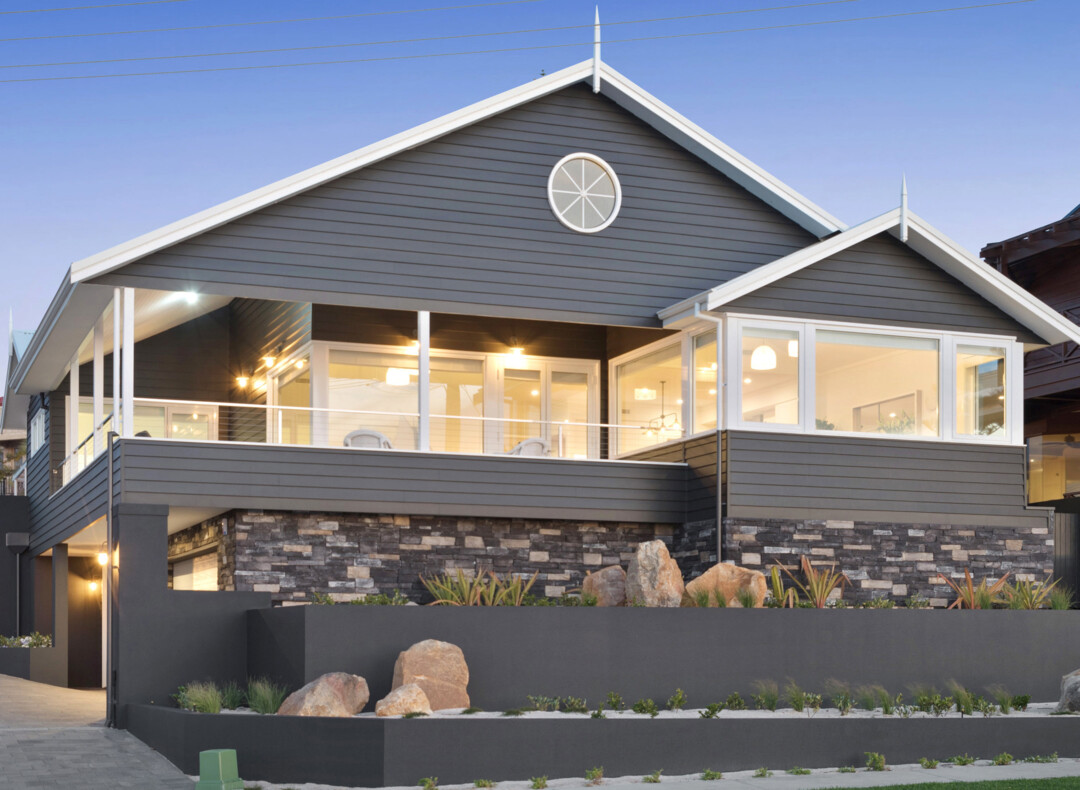All Categories
Featured
Table of Contents
Best Way To Block Sun Heat From Windows [Professionally] in Kelmscott Western Australia
That window can transfer more solar heat in winter season than in summer. A west-facing window on a summer's afternoon has an angle of occurrence from near 0 as much as 30 with a large reliable location of solar radiation. A north-facing window, in summer, has a high angle of occurrence and a low efficient location of solar radiation, so can transmit less heat than a west-facing one.

You can rapidly and quickly improve the thermal efficiency of your house by changing your windows. This is one of the most reliable techniques of remodelling to attain enhanced thermal convenience. There are countless kinds of glass and frames to select from. Choosing the ideal ones is important to improving the energy effectiveness of your home.
Double Glazed Windows: A Complete Guide in Bedfordale WA
Single glazing with clear glass is not very efficient when it comes to heat loss or gain. To improve efficiency, you can use single glazing with a more energy-efficient type of glass such as low emissivity (low-e) glass.
The energy performance of IGUs also depends on: the residential or commercial properties of each layer of glass. Various glass types (for example, clear and low-e glass) can be put together in an IGU.
Which Double Glazed Windows Are Best For Summer? in Wembley Downs Perth

IGU cavities can be filled with air or a more inert, low-conductivity gas such as argon the width of the cavity. Wider cavities provide lower (much better) U values, with 12mm usually accepted as the favored space how well the cavity is sealed.
If argon is installed to the cavity in place of air, moisture is dependably left out the level of desiccant (drying agent). The spacer (metal or polymer strip) that separates the glass layers contains a desiccant to absorb any wetness. Inadequate desiccant might trigger moisture to condense on the glass surface in cold conditions, reducing thermal performance.
Plastic Window Frames - Best Plastic Double Glazed ... in Beckenham WA
In truth, IGUs can provide better energy efficiency for all environments, especially in heated and air-conditioned houses. Cross-section detail of single, double and triple-glazing units Low emissivity glass (typically referred to as low-e glass) minimizes heat transfer. Low-e glass may be either high or low transmission: High transmission low-e glass has a finishing that allows daytime from the sun to pass into the house to achieve great solar heat gain, but decreases the quantity of the long wavelength infrared heat that can escape back through the window.
Low-e glass has either a pyrolytic covering or a vacuum-deposited thin movie metal finishing. Pyrolytic coatings are durable and can be used for any glazing; vacuum-deposited coverings are soft and are just used within IGUs. Low-e coatings can significantly improve both U value and SHGC; nevertheless, they need to be utilized correctly or they will either weaken or stop working to perform as required.
Single Glazed Vs Double Glazed Windows - Ultimate Guide in Cooloongu WA
Low-e coatings can be utilized in combination with clear, toned or reflective glass. Low-e coatings on glazing can decrease heat transfer where required Image: Department of Market, Science, Energy and Resources Toned glass has colouring ingredients included throughout manufacture. It is available in different colours, typically bronze, grey, blue and green.
Table of Contents
Latest Posts
Energy Efficient Windows At Everest in Lakes Perth
Single Vs Double Vs Triple - Which Window Is Right For Your ... in South Fremantle Western Australia
How Are Double Glazed Windows More Energy Efficient? in Safety Bay Western Australia
More
Latest Posts
Energy Efficient Windows At Everest in Lakes Perth
Single Vs Double Vs Triple - Which Window Is Right For Your ... in South Fremantle Western Australia
How Are Double Glazed Windows More Energy Efficient? in Safety Bay Western Australia